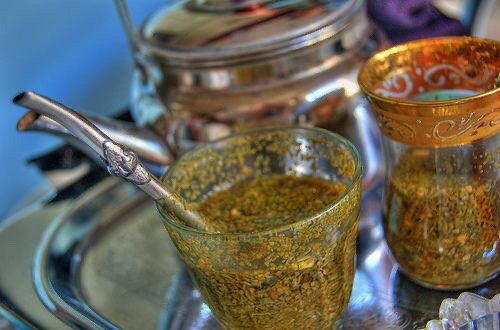Introduction: The appeal of street food in Syria
Syrian street food has always been a popular option for locals and tourists alike. Its diverse and flavorful cuisine is a reflection of the country’s rich history and cultural influences. Syrians take great pride in their street food, which is known for its authenticity, affordability, and accessibility. From savory meat skewers to sweet pastries and refreshing drinks, there is something for everyone to enjoy.
Food hygiene standards in Syria’s street food scene
Although street food in Syria is beloved by many, it is important to note that food hygiene standards can vary greatly. While some vendors prioritize cleanliness and safety, others may not adhere to the same strict standards. The Syrian government does have regulations in place to ensure food safety, but enforcement can be lax in some areas. It is crucial for consumers to be aware of the potential risks and take measures to protect themselves when eating street food.
Common street food dishes and their preparation
Syrian street food offers a wide variety of dishes, each with its own unique flavors and ingredients. Some popular options include shawarma, falafel, kibbeh, and manakeesh. These dishes are often made with fresh vegetables, herbs, and spices, alongside meats such as lamb, chicken, and beef. Preparation methods can vary depending on the vendor, with some using charcoal grills or deep fryers to cook the food.
Risk factors for foodborne illness when eating street food
As with any type of food, there are risks associated with eating street food in Syria. Some vendors may not have access to proper refrigeration or cooking equipment, which can increase the risk of bacterial contamination. Food may be left out in the open for prolonged periods, exposing it to dirt and insects. Additionally, water used for cleaning and cooking may not be properly treated, leading to the spread of waterborne illnesses.
Steps to reduce the risk of foodborne illness when eating street food
Despite the potential risks, there are steps consumers can take to reduce the likelihood of getting sick from street food. It is important to choose vendors that have a clean and organized setup, and to avoid those that appear unhygienic. Look for vendors that cook food to order, and avoid items that have been sitting out for a long time. Consider bringing your own utensils and napkins to avoid using potentially contaminated ones. Finally, make sure to thoroughly wash your hands before and after eating.
Conclusion: Weighing the risks and rewards of eating street food in Syria
Syrian street food is a beloved part of the country’s culture, but it is important to be aware of the potential risks when consuming it. By taking the necessary precautions, consumers can enjoy the delicious flavors of Syrian street food while minimizing the risk of foodborne illness. Ultimately, it is up to each individual to weigh the risks and rewards and make an informed decision when choosing to eat street food in Syria.


